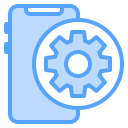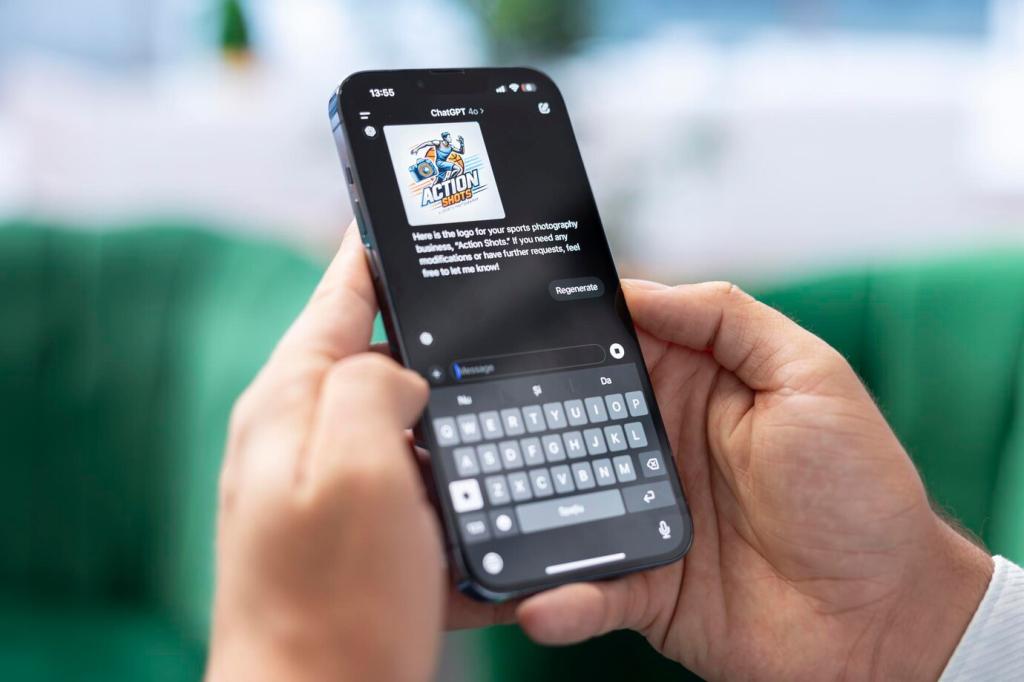Security, Data Integrity, and Offline-First Thinking
Use platform key stores, encrypt sensitive fields, and detect compromised environments. Mask screenshots on sensitive screens and rotate tokens defensively. We caught a subtle leak in debug logs once. What’s your checklist for verifying no secret ever escapes into third-party analytics accidentally?
Security, Data Integrity, and Offline-First Thinking
Design idempotent APIs, version records, and capture intent timestamps. Queue writes offline and reconcile with conflict strategies users understand. Sometimes human resolution beats automation. Tell us your favorite conflict UX pattern that minimized confusion while preserving important user changes during difficult synchronization events.









